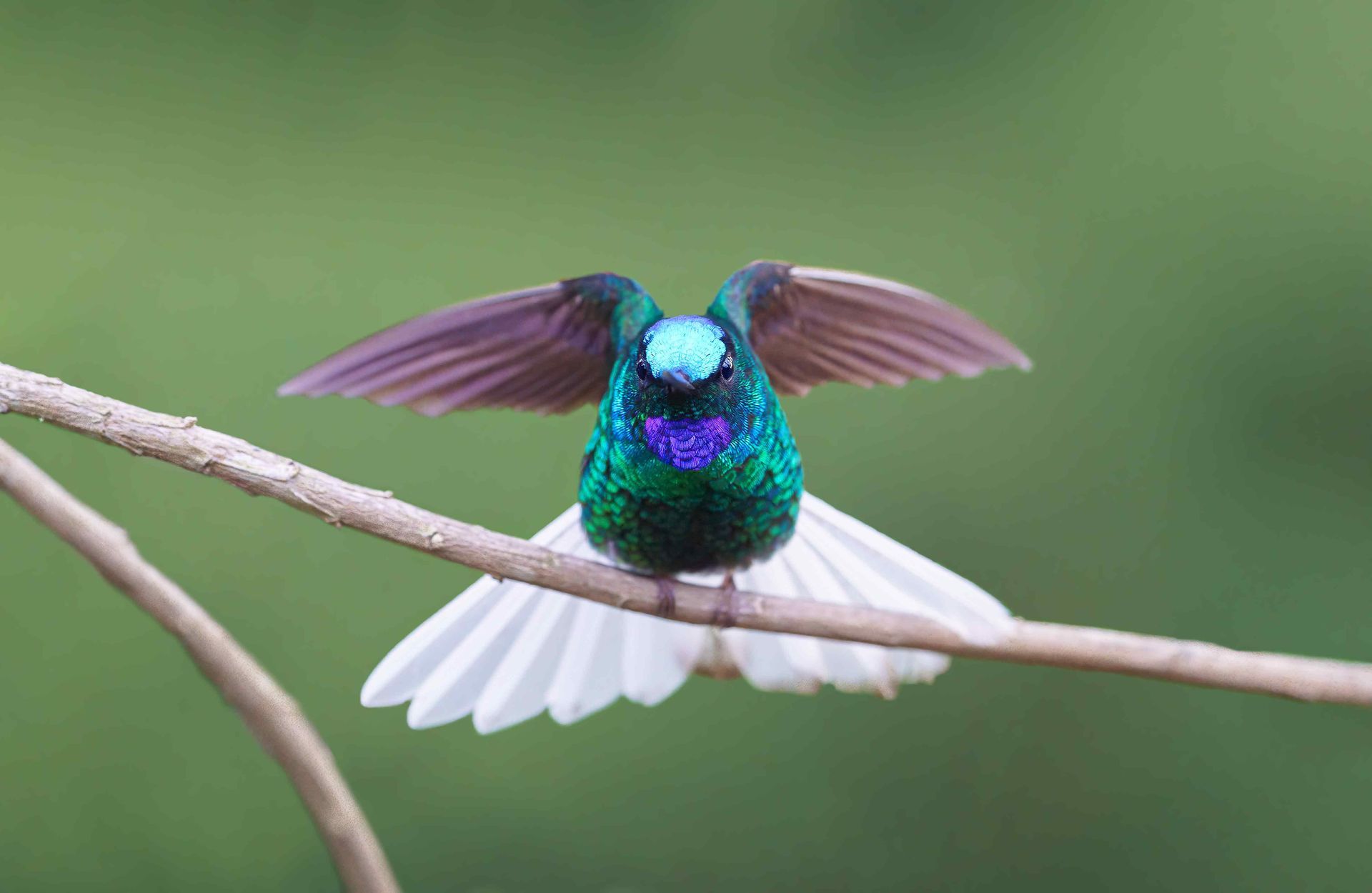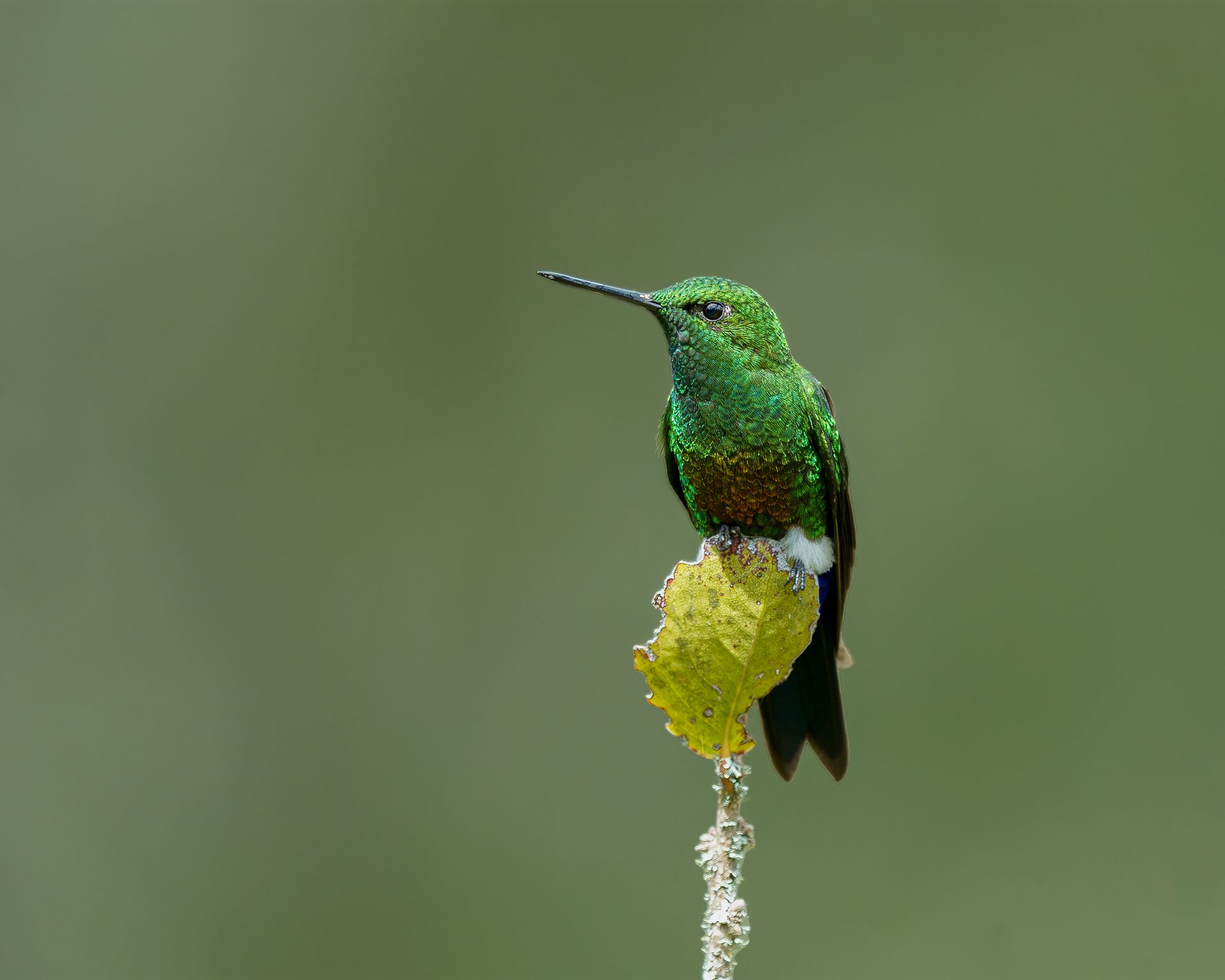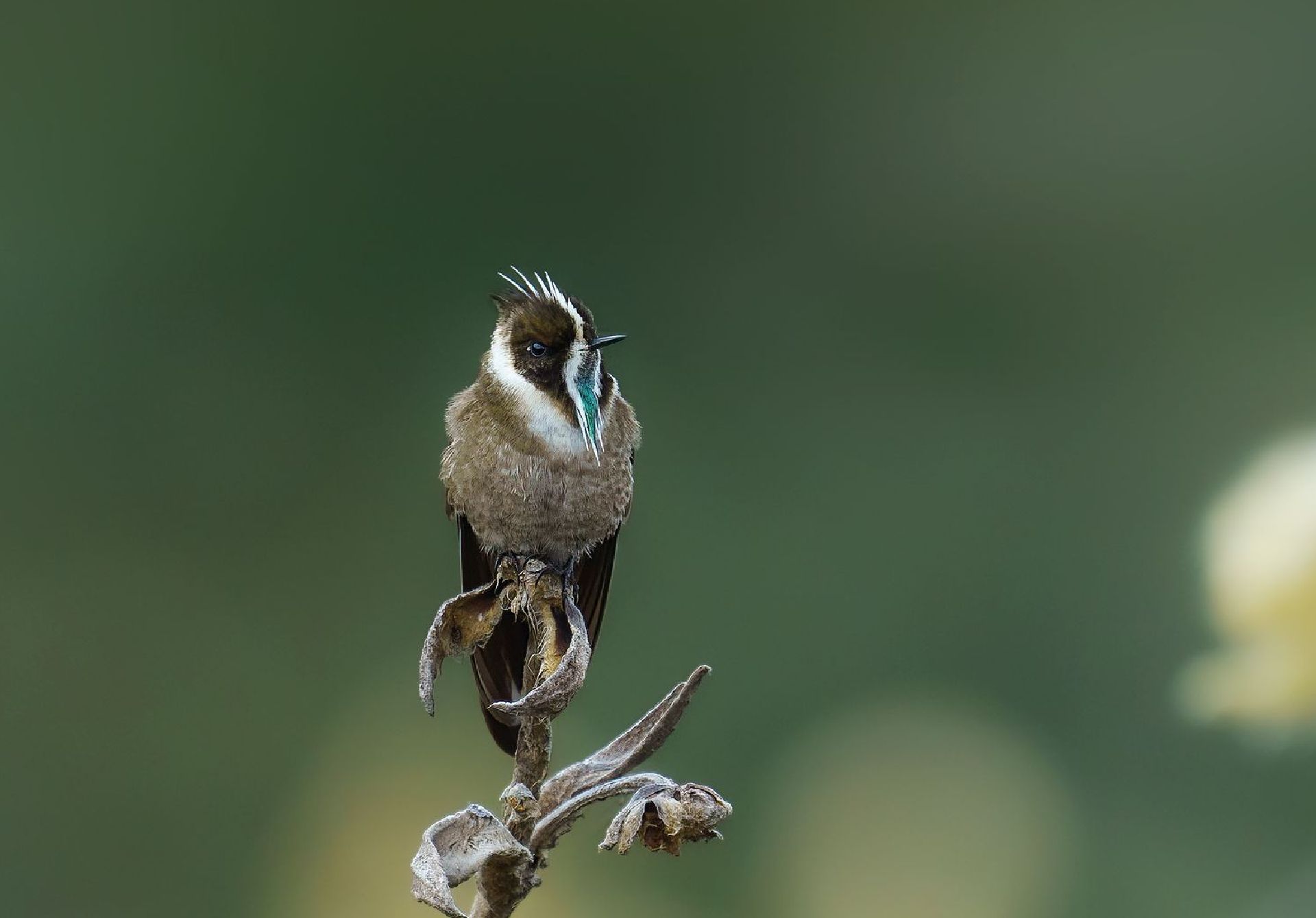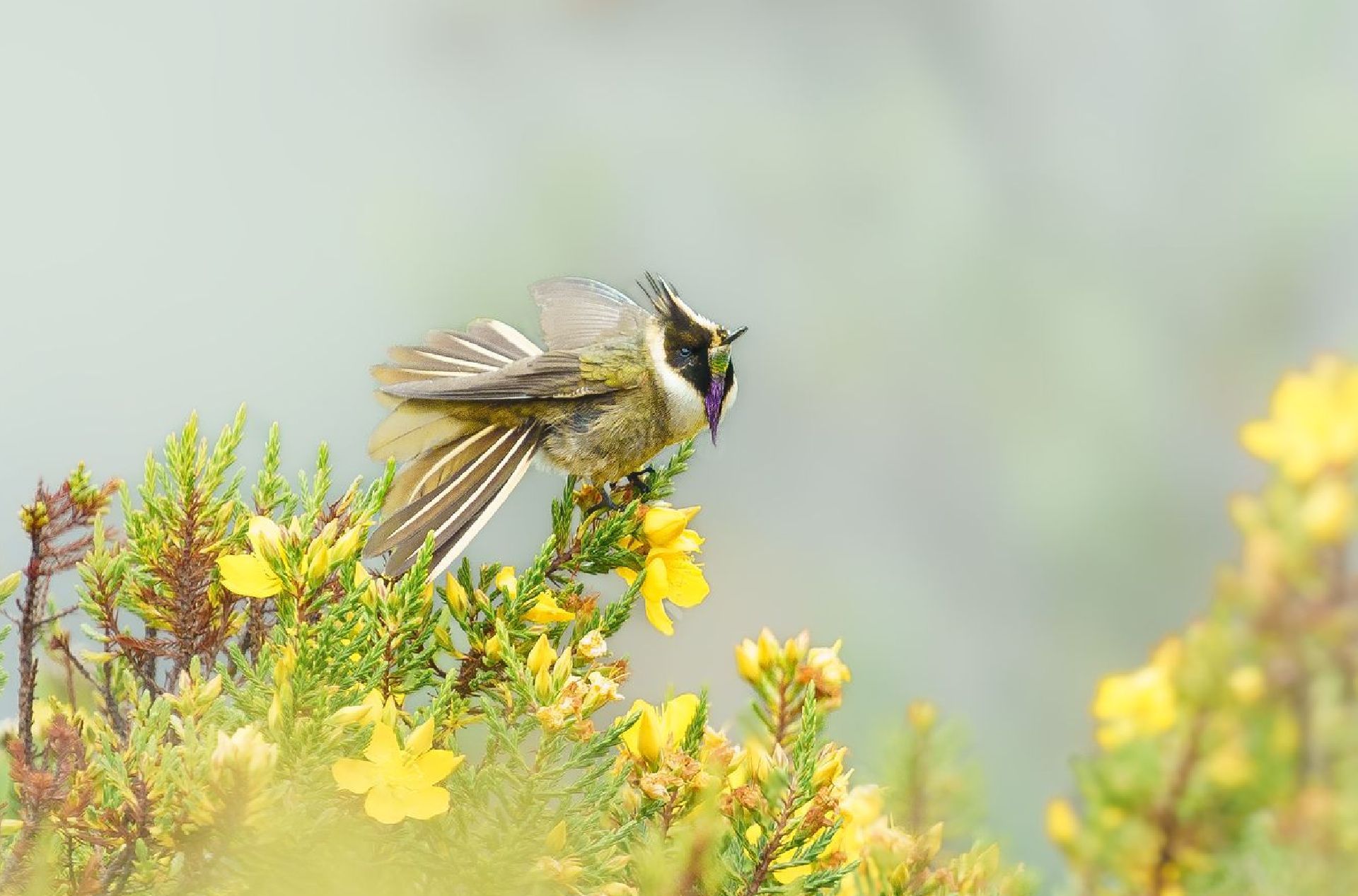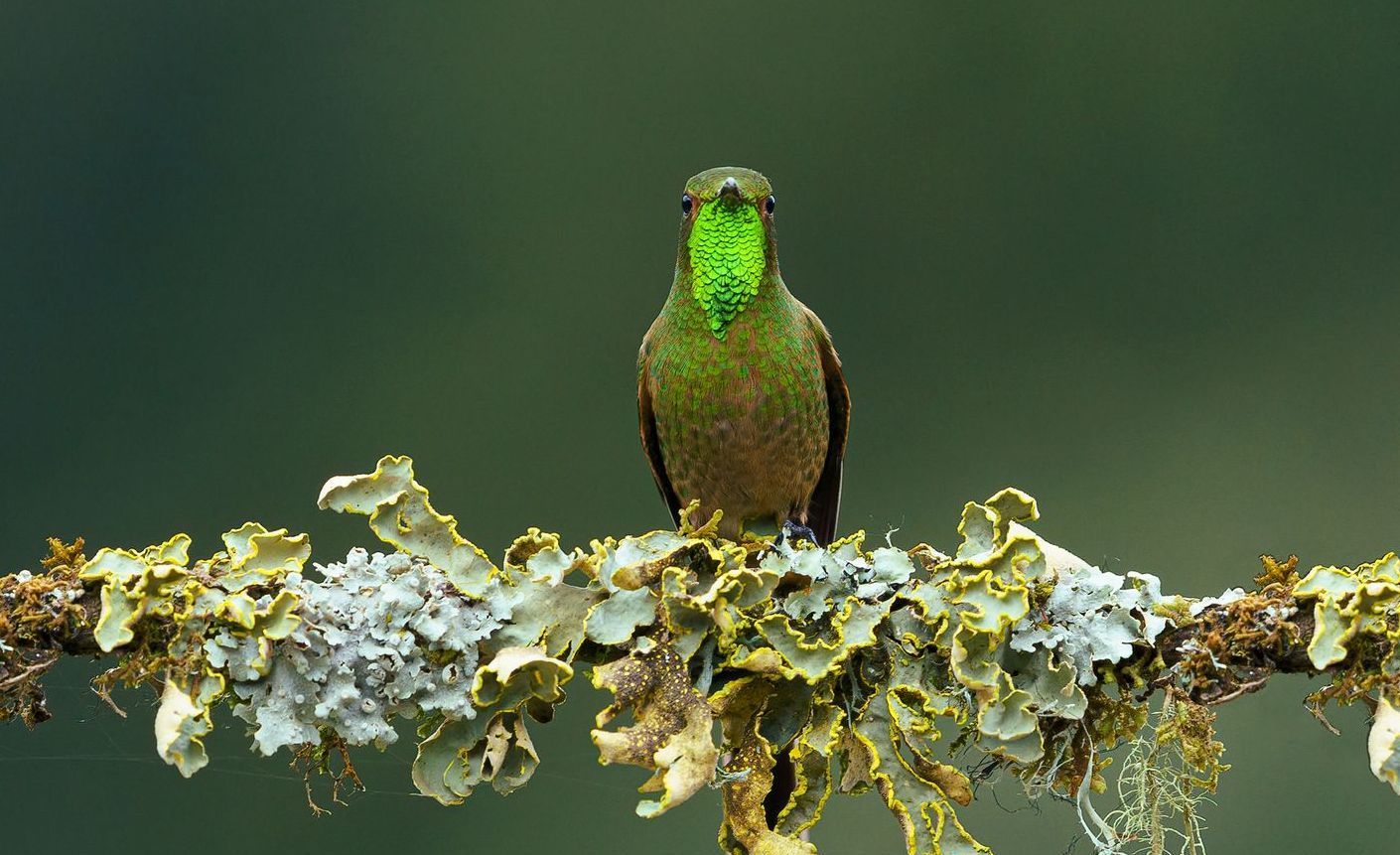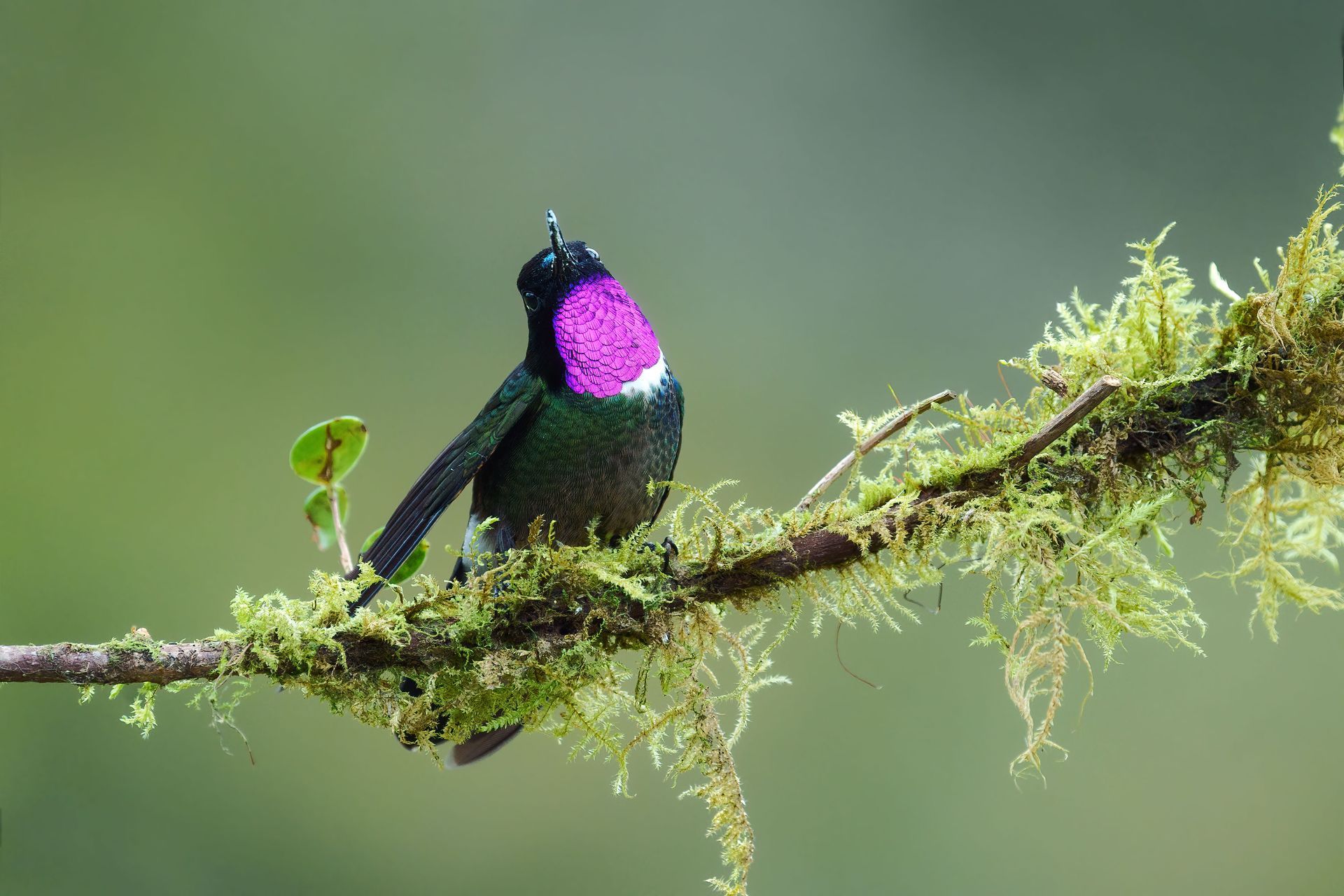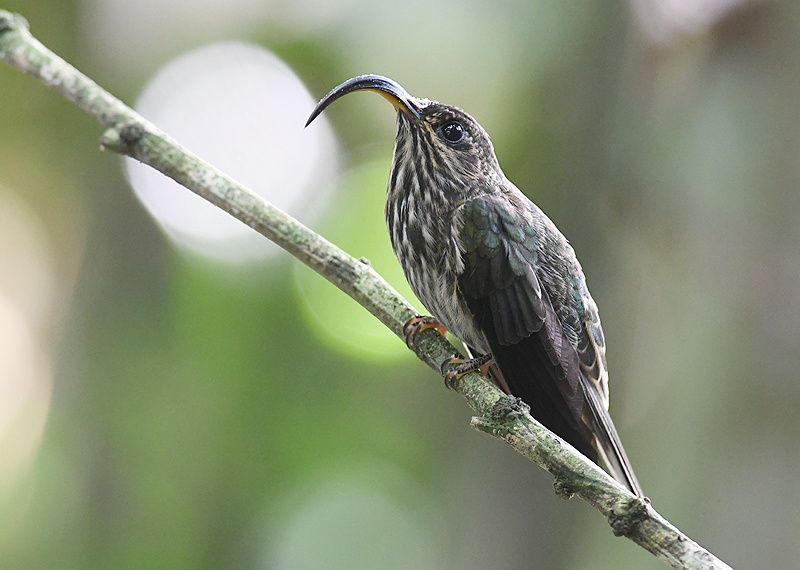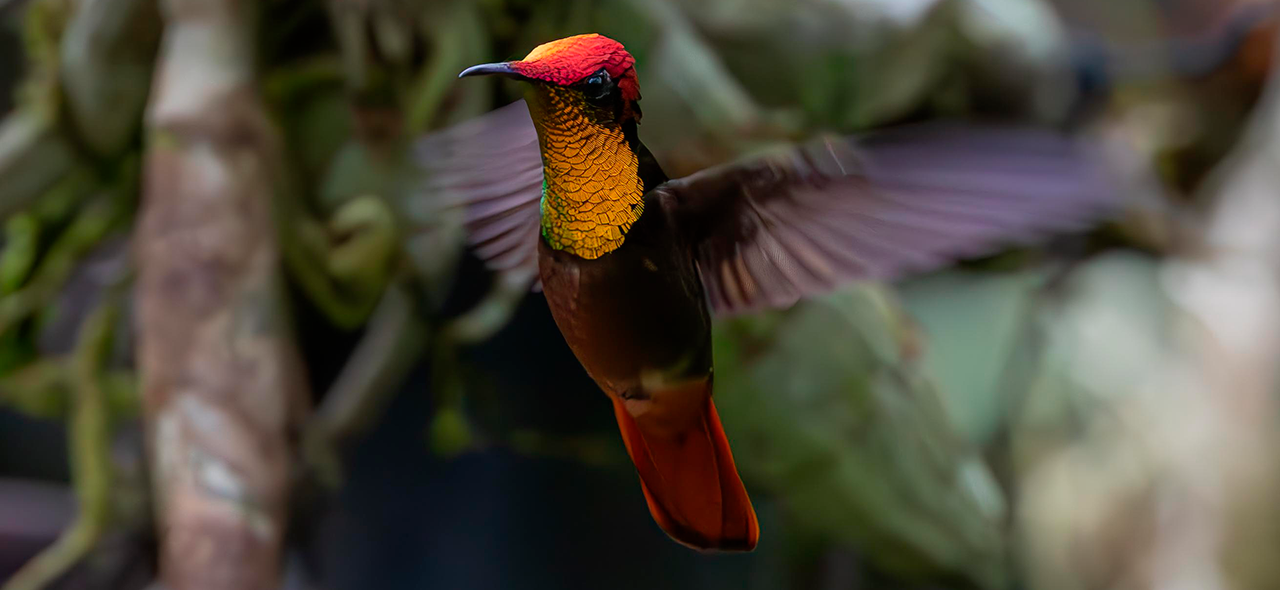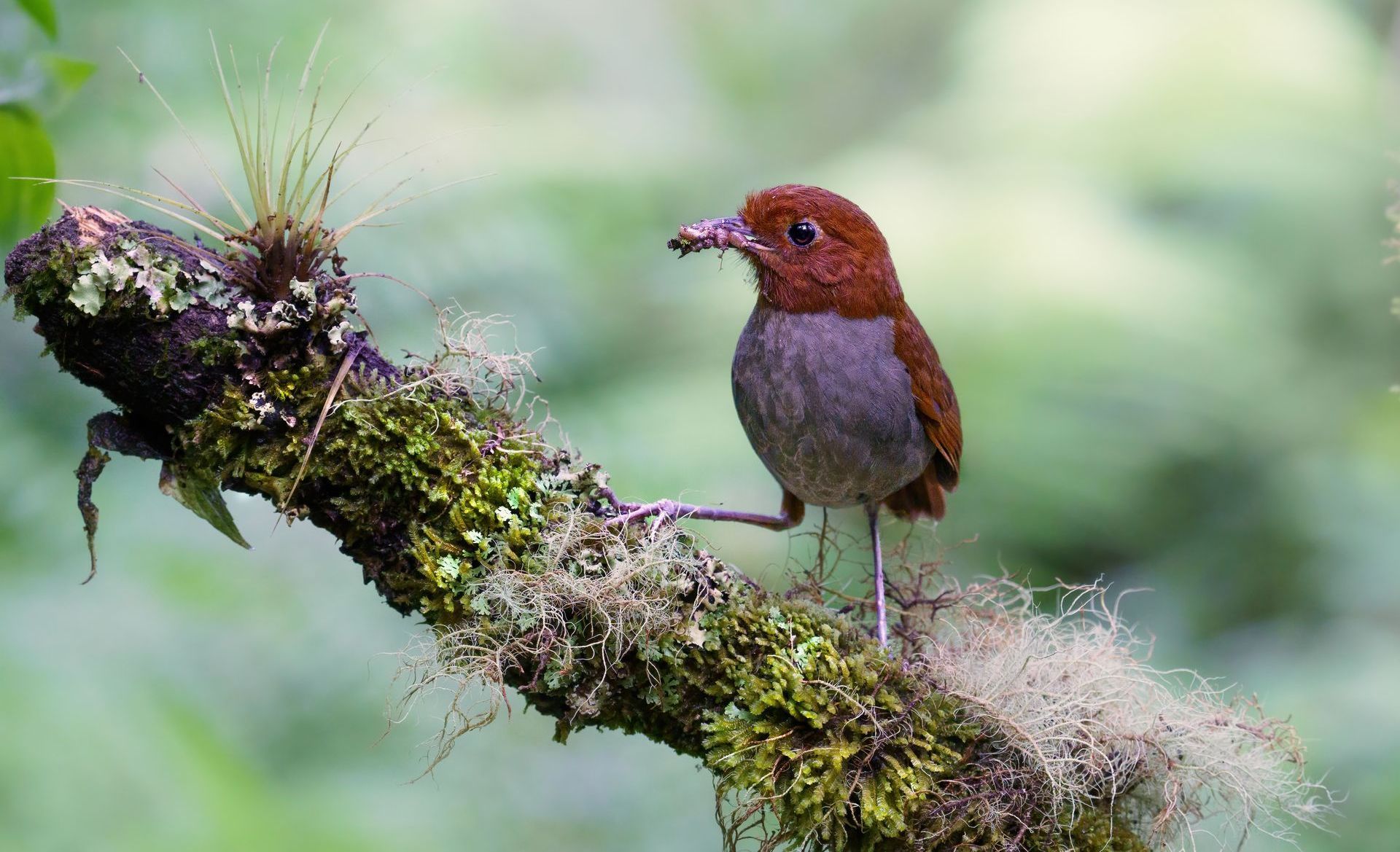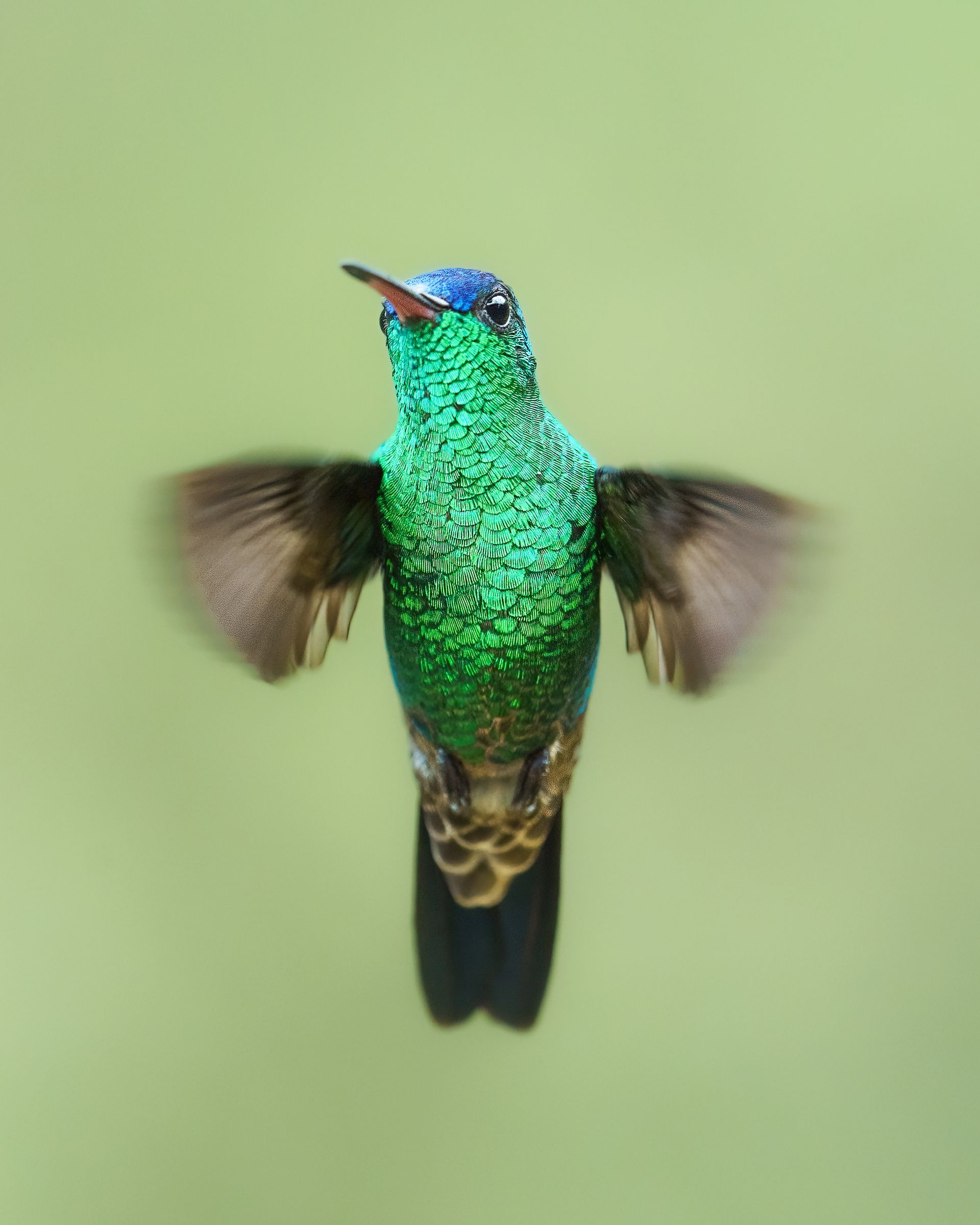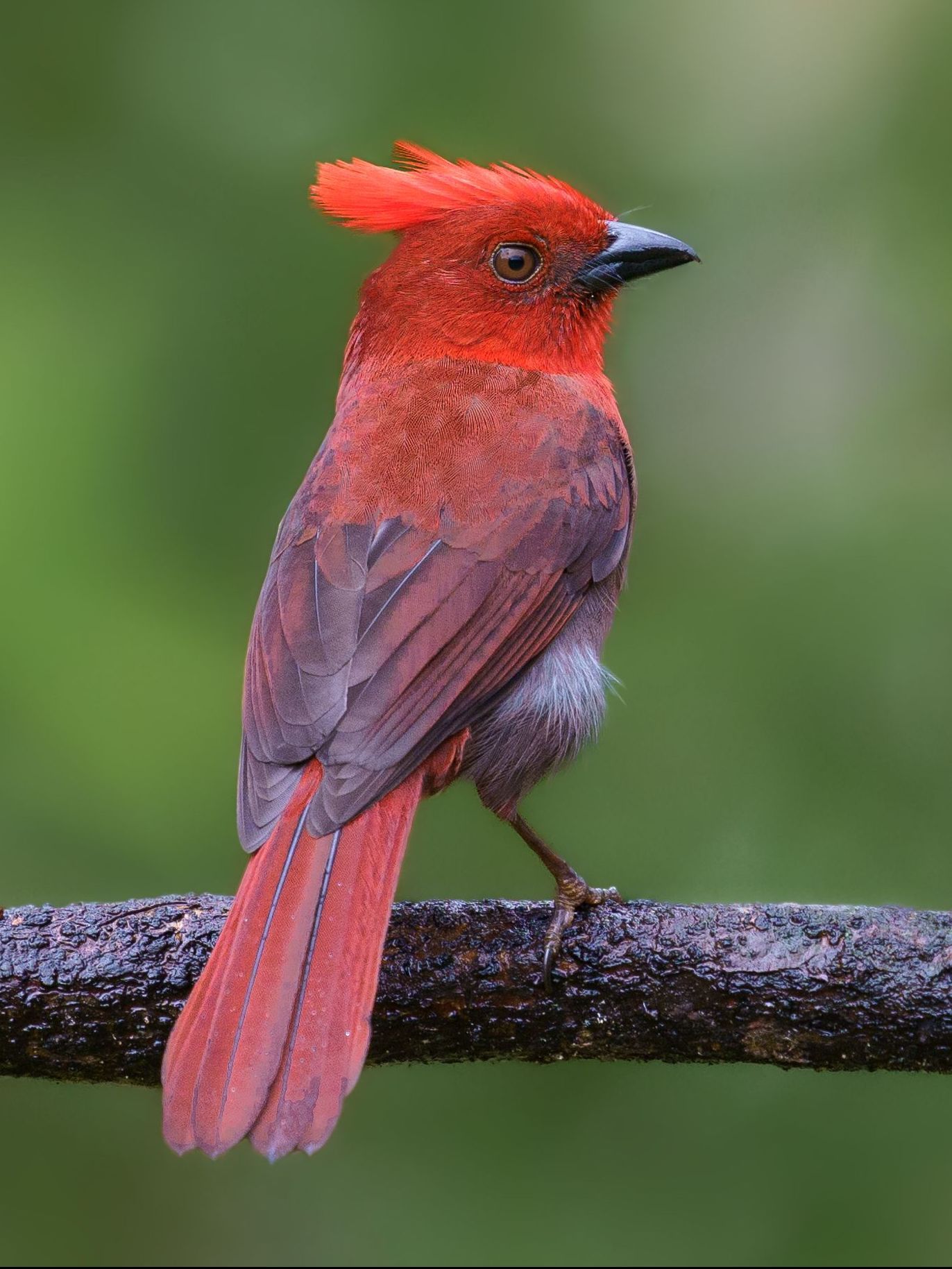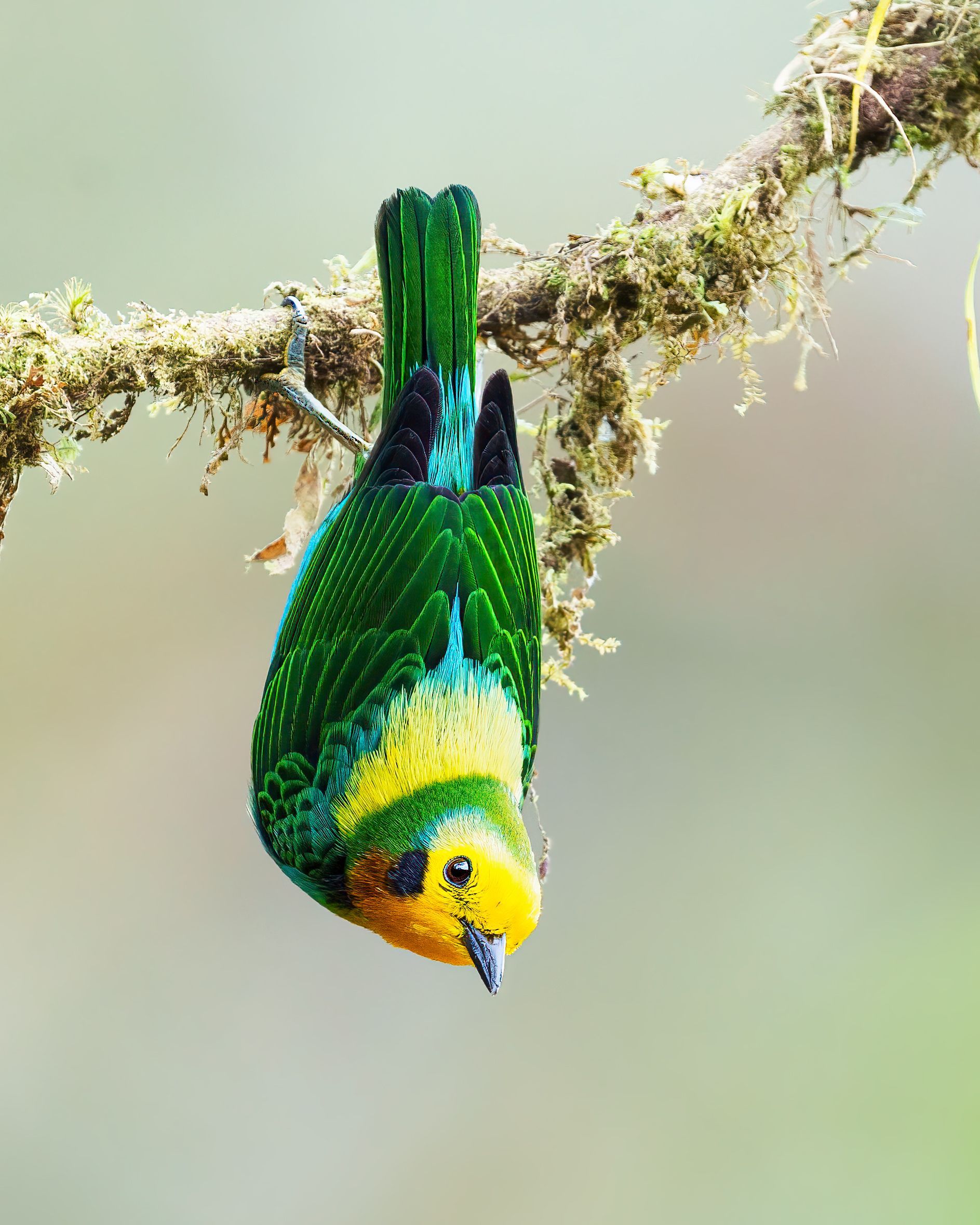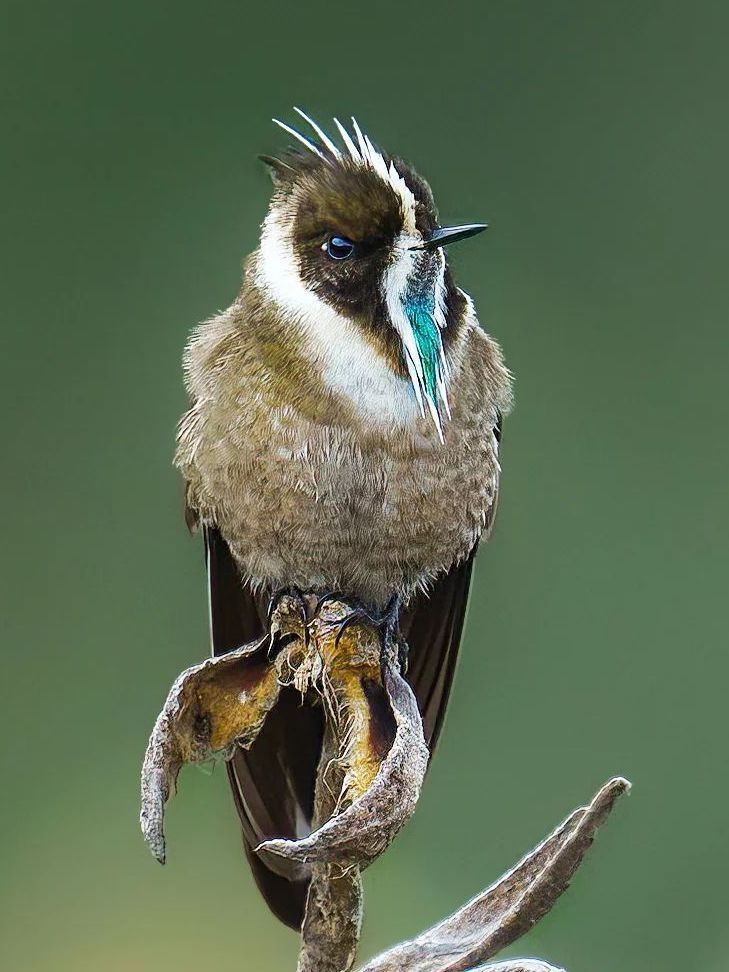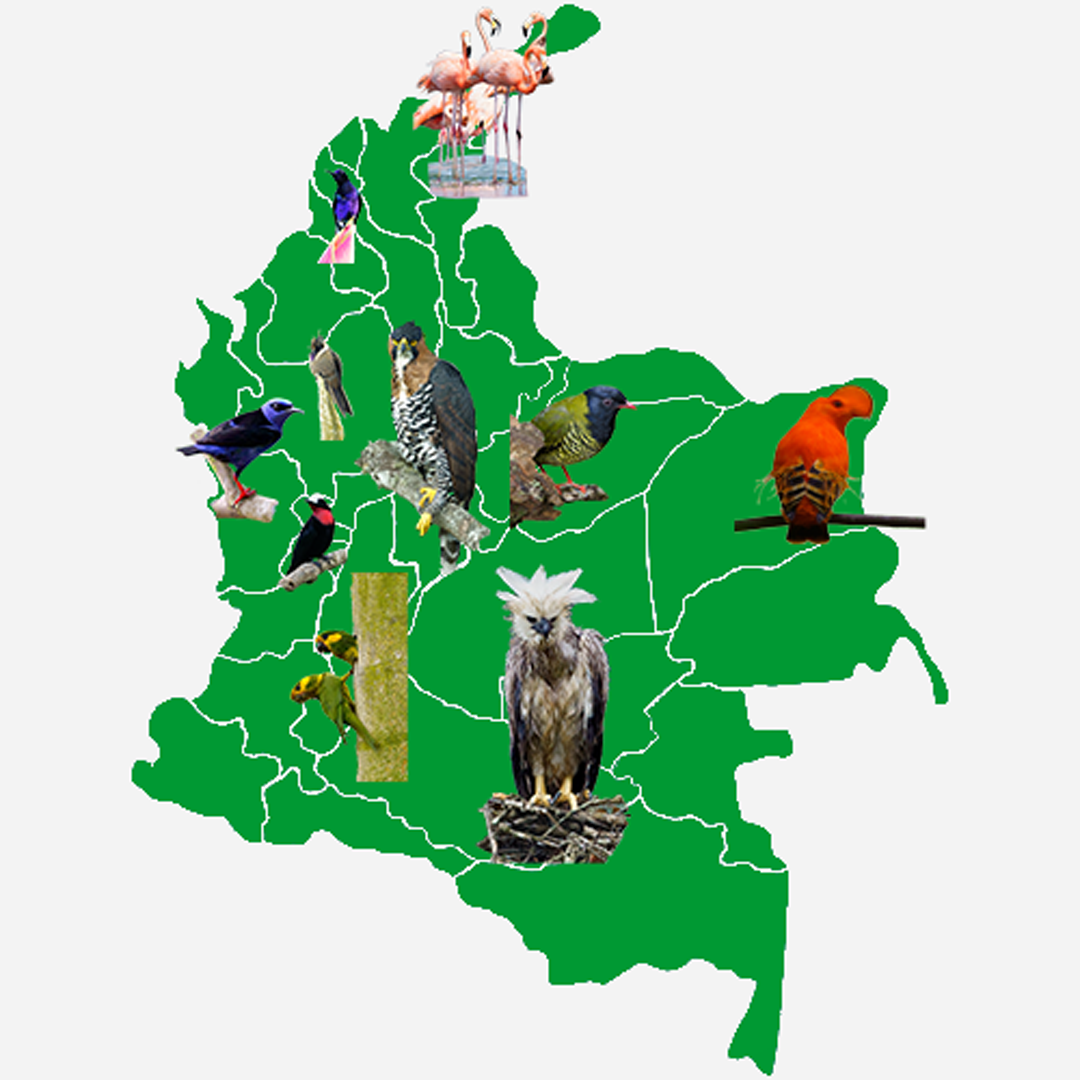Shining Sunbeam: shining-sunbeam-a-kiss-of-a-Hummingbird
High in the Andes of Colombia, where mountain mists weave through cloud forests and sunlight spills over rugged ridges, one of nature’s most mesmerizing avian jewels makes its home — the Shining Sunbeam (Aglaeactis cupripennis). Known for its iridescent coppery-gold plumage that glows in direct light, this hummingbird is not just a visual wonder but also a fascinating creature in its behavior, ecological role, and cultural symbolism.
The Shining Sunbeam embodies the vibrant biodiversity of Colombia’s montane ecosystems. From the páramo grasslands to the cloud-shrouded forest edges, this bird thrives in a range of high-altitude environments where few other species dare to live. In this article, we’ll explore the appearance, habitat, diet, breeding habits, behavior, and conservation status of the Shining Sunbeam, while also appreciating its unique role in Colombia’s natural heritage.
1. Physical Description: Nature’s Metallic Masterpiece
When sunlight catches the feathers of the Shining Sunbeam, it transforms into a living ember in flight. The coppery-gold back and wings are unlike the shimmering greens and blues of most hummingbirds. This distinct coloration is caused by microscopic feather structures that refract light in warm metallic tones, creating a glowing effect in bright conditions.
Key features include:
- Size: Medium for a hummingbird, averaging 11–13 cm in length.
- Weight: About 6–8 grams, heavier than many smaller hummingbird species.
- Bill: Straight, medium-length, ideal for probing tubular flowers.
- Plumage: Primarily bronze to golden-orange on the back, with a slightly paler belly.
- Tail: Rounded, often with darker tips contrasting against the body’s warmth.
Unlike more vividly patterned hummingbirds, the Shining Sunbeam has an almost uniform metallic sheen, making it instantly recognizable in its highland habitat.
2. Distribution and Habitat in Colombia
The Shining Sunbeam is found along the Andean slopes, preferring altitudes between 2,400–4,000 meters. In Colombia, it inhabits both the Eastern and Central Andes, with strong populations in Boyacá, Cundinamarca, Antioquia, and Nariño.
Its habitats include:
- Páramo grasslands – Open, treeless ecosystems above the forest line, where flowering shrubs provide year-round nectar.
- Cloud forest edges – Transitional zones rich in both insect life and floral diversity.
- Shrublands and disturbed areas – The species adapts well to partially cleared land, as long as nectar sources remain.
This adaptability allows the Shining Sunbeam to occupy ecological niches where other hummingbirds might struggle, particularly in colder, windier conditions.
3. Diet and Feeding Behavior
Like all hummingbirds, the Shining Sunbeam has a nectar-based diet, supplemented with small insects and spiders for protein. It favors high-altitude flowers, many of which have evolved specifically to attract hummingbirds.
Common nectar sources include:
- Chuquiraga (shrub with orange tubular flowers)
- Fuchsia boliviana
- Bomarea species (highland vines with hanging blooms)
Feeding Techniques
The Shining Sunbeam uses a combination of hover feeding and perch feeding depending on the plant species and weather conditions. In windy páramo zones, perching helps conserve energy while still accessing nectar.
Interestingly, this species is also known for territorial defense, fiercely chasing away rivals — even much larger birds — from its feeding grounds.
4. Role in the Ecosystem
The Shining Sunbeam plays a vital role in pollination. Many Andean plants depend on hummingbirds for reproduction, and the Sunbeam’s preference for certain flower shapes ensures the transfer of pollen between widely spaced blooms.
Because it forages at altitudes where insect pollinators are scarce, its ecological importance is heightened. Without birds like the Shining Sunbeam, some highland plant species would struggle to reproduce, affecting the entire ecosystem’s balance.
5. Breeding and Reproduction
Breeding occurs during periods of peak flower availability, which varies by altitude and rainfall patterns. In Colombia’s highlands, this often aligns with December–March and July–September.
Nesting
- Nest Structure: Small cup-shaped nest built with moss, lichens, and spider silk.
- Nest Location: Often hidden in shrubs or sheltered under overhanging rocks to protect from rain and wind.
- Eggs: Typically 2 small white eggs.
- Incubation: Female incubates for about 15–19 days.
- Fledging: Chicks leave the nest after 20–26 days.
The male does not assist in nesting duties, focusing instead on defending feeding territories.
6. Behavior and Temperament
The Shining Sunbeam is bold and aggressive for its size. It has been observed chasing off larger species, including flowerpiercers and even other hummingbirds twice its size.
Other notable behaviors:
- Seasonal Altitude Shifts: Some populations move slightly lower during colder months.
- Sunbathing: Known to perch in sunny spots, spreading its wings slightly — possibly to warm itself or display its plumage.
- Curiosity toward humans: In areas with regular hikers or birdwatchers, individuals sometimes approach closely, making them a favorite subject for photography.
7. Cultural Significance in Colombia
In Colombian folklore, birds with shimmering plumage are often linked to light, vitality, and renewal. While the Shining Sunbeam is less famous than the Andean Condor or Quetzal, among birdwatchers and conservationists it is considered a symbol of the Andean highlands.
Local communities sometimes call it “Colibrí Sol” (Sun Hummingbird) due to its glowing, ember-like appearance.
8. Conservation Status and Threats
The Shining Sunbeam is currently listed as Least Concern by the IUCN, thanks to its relatively wide distribution and adaptability. However, localized threats exist:
- Habitat loss from agriculture and grazing in páramo zones.
- Climate change, which alters flowering patterns and may push suitable habitat higher up the mountains.
- Pesticide use, reducing insect populations vital for chick rearing.
Conservationists stress the importance of protecting páramo ecosystems, which also serve as critical water sources for Colombia’s cities.
9. Birdwatching Tips: How to Spot the Shining Sunbeam
If you’re planning to see this species in the wild, consider the following:
- Best Locations in Colombia: Chingaza National Park, Los Nevados National Natural Park, Sumapaz Páramo.
- Best Time: Early morning, when flowers open and competition for nectar is at its peak.
- Equipment: Binoculars with good close-focus ability, or a telephoto lens for photography.
- Clothing: Warm, layered clothing for high-altitude conditions.
Patient observation near nectar-rich shrubs often yields sightings, as the Shining Sunbeam tends to return to the same feeding spots repeatedly.
10. Why the Shining Sunbeam Matters
This bird is more than just a pretty sight — it’s an essential thread in the ecological fabric of Colombia’s highlands. Protecting it means safeguarding entire ecosystems that support countless other species, including humans who depend on mountain water sources and pollination networks.
Conclusion
The Shining Sunbeam is one of Colombia’s most dazzling natural wonders — a creature that combines beauty, resilience, and ecological importance. Its glowing feathers are a reminder of how light and life interact in the world’s high places, where survival demands both strength and grace.
By valuing and protecting this bird, we honor not only Colombia’s biodiversity but also the intricate relationships that make our planet’s ecosystems thrive. For birdwatchers, the moment sunlight ignites the Shining Sunbeam’s plumage is unforgettable — a flash of living fire in the cold, thin air of the Andes.
SEO Keywords: Shining Sunbeam Colombia, high-altitude hummingbird, Andean hummingbirds, Aglaeactis cupripennis, Colombia birdwatching, páramo wildlife, Colombian birds, iridescent hummingbird, hummingbirds of the Andes, Colombia eco-tourism.
